CSL sizes up its Macquarie moment with $17 billion move on Swiss-based Vifor Pharma
Australia’s pharmaceutical giant, CSL, which locally produced the AstraZeneca vaccine, has its eyes on a bigger prize to produce a bigger, more profitable jab.
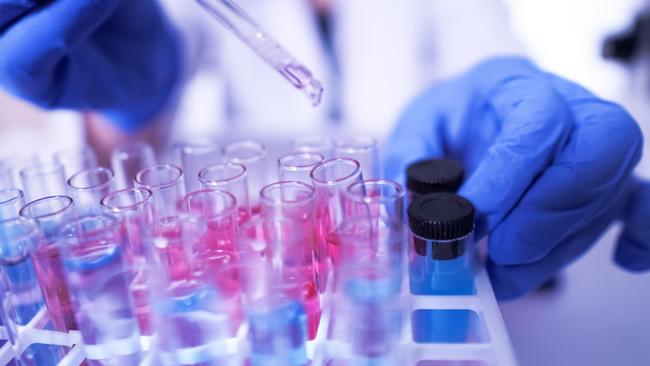
The Macquarie of the medical world, CSL, is going back to where its global transformation first began.
The homegrown pharma giant is preparing to make a $US12bn ($16.8bn) move on Swiss-based Vifor Pharma and associated blockbuster capital raising with a buyout to be announced as early as Tuesday, although a late minute share raid could force CSL into a bidding war.
The deal, which was foreshadowed by The Australian’s Bridget Carter, would mark the most significant acquisition for CSL and its chief executive Paul Perreault, who has remained in his base in Utah throughout the global pandemic.
Even as Covid swept the world last year, Perreault was deeply involved in the internal work needed just to get this point, and he sees Vifor as delivering CSL a future growth pillar beyond its dominant Behring plasma business and faster growing Seqirus vaccines operation.
Vifor is one of the market leaders in nephrology, an area that covers diseases of the kidneys. It also provides drugs used in the treatment for dialysis and as well as areas around iron deficiencies.

But it’s the ageing of the global population where Perreault is playing CSL’s cards, with kidney diseases and associated conditions expected to be behind some 10 per cent of global ailments.
Vifor currently turns over CHF1.7bn ($2.6bn), it also operates a global joint venture with Germany’s Fresenius that provides dialysis patent centres. Globally millions of dialysis appointments take place each week with countries such as China and India driving growth as their populations age.
Importantly for the pharma world, Vifor has four new approved products ready to bring to the market in the next two years and has a pipeline of drug candidates underway in the area of nephrology.
CSL confirmed on Monday it was holding talks with Vifor, but said there was no certainty that a transaction would take place. To fund any deal CSL would use its toppish share price to undertake a monster capital raising of up to $6bn, the biggest on the ASX so far this year.
The pharma giant last month saw its shares push to a record high of $318 each, although it has since drifted down, closing at $297.27 on Monday.
For a while through 2019 and 2020 the pharma was briefly the biggest company on the ASX, pipping Commonwealth Bank and outstripping BHP’s UK listing. While another share split is off the cards, CSL is examining ways to ensure that any raising isn’t out of reach for its loyal retail investor base.
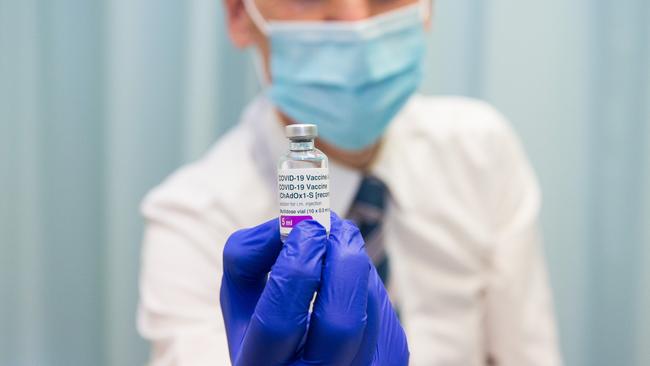
CSL, like Macquarie, is Australia’s greatest intellectual export. With a market cap of more than $136bn the pharma is becoming too big to buy and a merger of equals is the most likely option for a potential suitor. Macquarie’s transformational deal was asset management business Delaware picked up from the wreckage of the global financial crisis.
More than 90 per cent of CSL’s revenue now comes from outside Australia, with nearly half of its overall revenue generated in the US market. However, it has a home bias when it comes to R&D spend in Australia.
In addition, it is spending $800m on a cutting edge vaccine plant in Melbourne’s north that is expected to be completed in 2026. Underwriting this, CSL has already signed an $800m, 10-year supply agreement with Canberra for Q-fever vaccines and pandemic influenza vaccines.
In 2000, CSL under then CEO Brian McNamee (who recently returned to CSL as chairman) made a transformational bet, acquiring the Swiss-based ZLB Bioplasma for more than $1bn, which doubled the size of the company overnight and gave it a major exposure to the fast-growing European and US plasma markets.

ZLB allowed CSL to turbocharge its IVIG (intravenous immunoglobulin) business, which is used to help treat immune deficiency disorders and inflammatory conditions.
Then four years later it boosted its position with another $1bn move on rival plasma business Aventis Behring. But it was the ZLB move that gave it the platform to expand in the area.
CSL has a commitment to spend $1bn in R&D annually. While a contract manufacturer without its own Covid candidate on the market, it has slipped behind in development of newer mRNA vaccines putting it at least a year behind major rivals in the flu vaccine space.
CSL has been empathising the long term in that flu vaccines remain the bigger game given that the flu is a more “complicated disease” than Covid-19 so likely to be more endemic.
The recent R&D showcase gave investors hope that several drug candidates are now moving closer to commercial launch. This includes treatments for Haemophilia B. At the same time CSL’s underlying non-Covid flu vaccine holds a dominant position in the market, alongside GSK and Sanofi.
CSL is also investing is cell-based influenza vaccines vast quantities to be made at shorter notice, a good facility to have during a pandemic.
Crown’s big Melbourne bet
One slide worth noting in Crown’s long-awaited investor presentation on Monday was the capital expenditure across the casino operator’s Australian properties.
The international casino business requires an arms race in spending and a major investment program looms for Crown’s flagship Melbourne operation with the facility there now pushing 25 years old.
While some $1bn has been spent on the Melbourne property in the last decade, mostly on the hotels, none of this has included a major upgrade.
The lion’s share of Crown’s spending has gone to the construction of Sydney, with more than $2bn poured into Barangaroo in the past five years. Perth’s major refurbishment started in 2012 and continued with the opening of a six star hotel there, taking total spending in the west to $1.3bn.
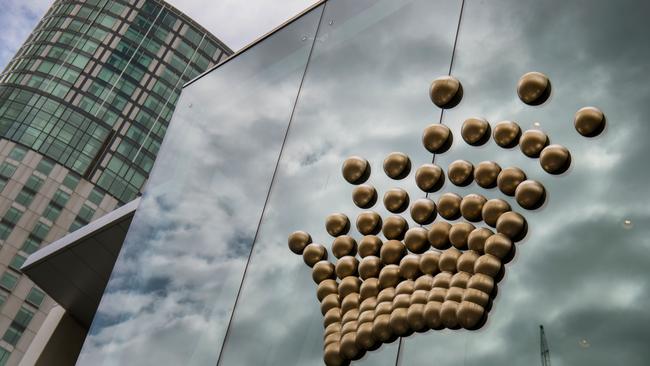
Former Lendlease boss and new Crown chief Steve McCann, a highly transactional chief executive, has his hands full proving to regulators the gaming giant has changed its spots and should be allowed to keep its gaming licenses.
However his well-honed property instinct means he will be acutely aware on the clock ticking on a major investment program for Melbourne by some time the building hits the critical 30-year-mark.
It also comes down to how the new Crown board sees the positioning of the long-term future of its Melbourne property – with major casinos in Brisbane and Sydney, would an overhaul make it as a domestic destination or will it continue to cater for the pan-Asian tourist dollar competing against the planned $US10bn MGM-backed mega casino in Japan and Singapore’s $US5.5bn Marina Bay as well as Macau as a gambling hub.
After years of Covid shutdowns, a multi-state regulatory crackdown and the loss of its international business, Crown’s balance sheet is not yet ready to make such a high-stakes bet.





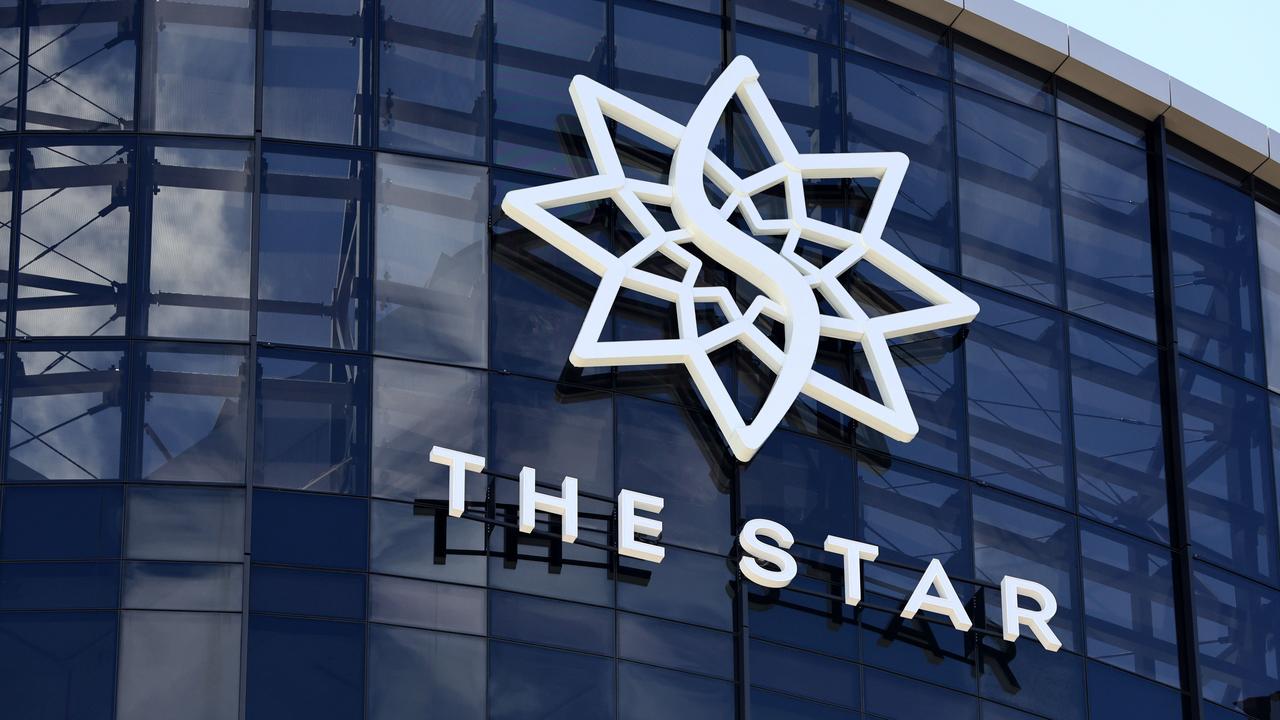
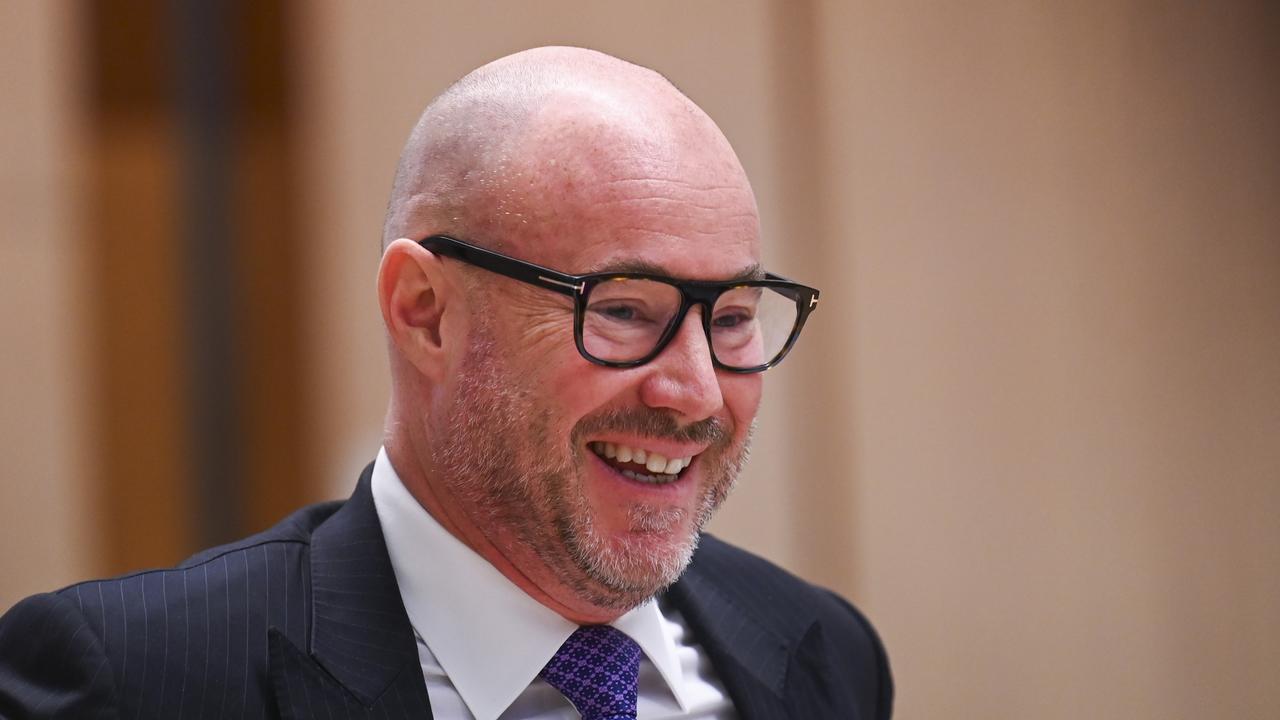
To join the conversation, please log in. Don't have an account? Register
Join the conversation, you are commenting as Logout